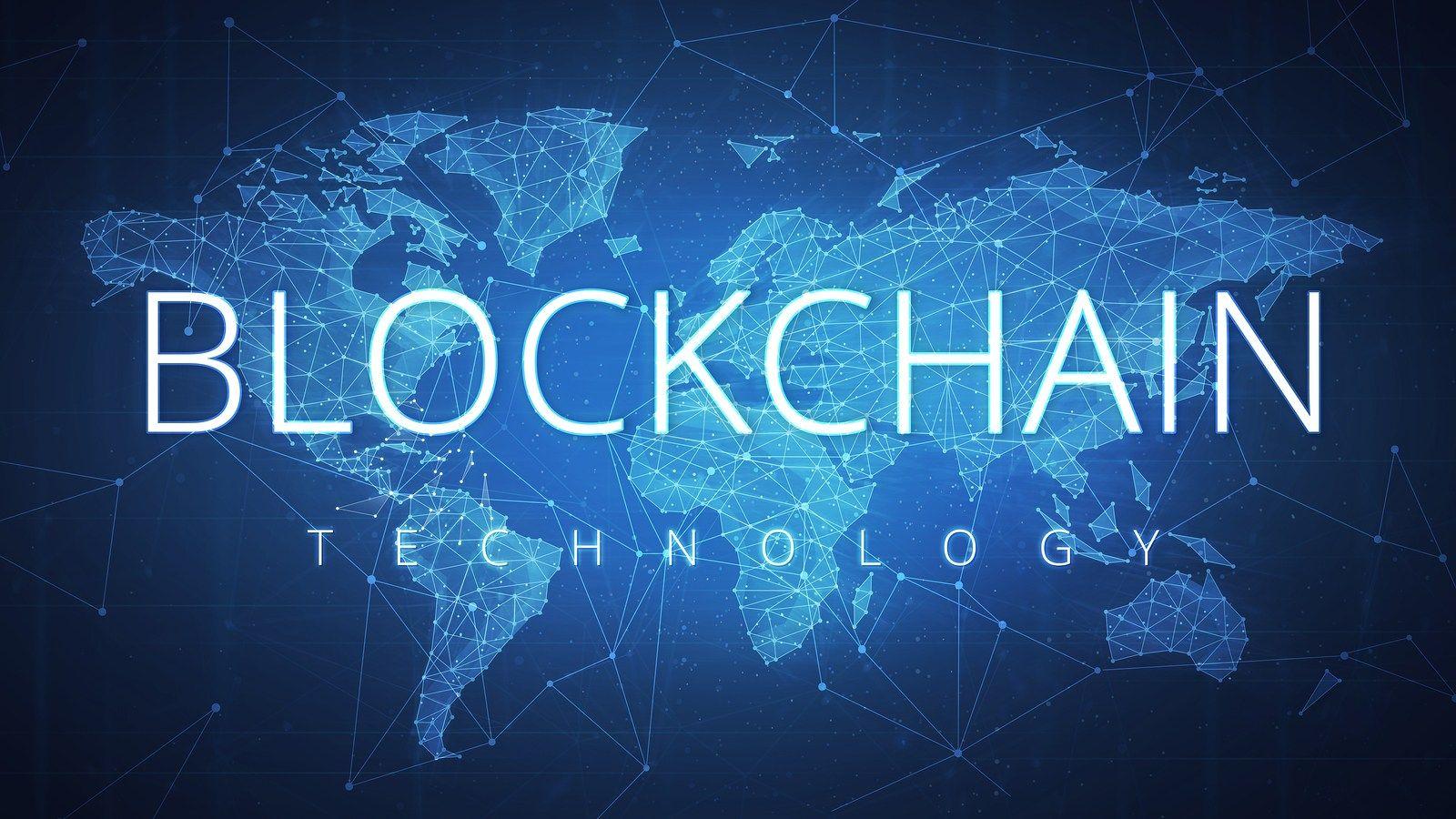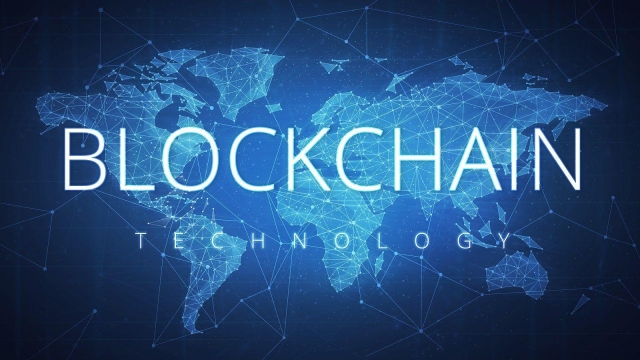The digital landscape is constantly evolving, and with the emergence of Web3 and the revolution of decentralized finance (DeFi), we find ourselves at the precipice of a monumental shift. Web3 represents the next generation of the internet, built on the foundation of blockchain technology, and aims to empower individuals with true ownership of their data and digital assets. In tandem, DeFi is transforming traditional financial systems by providing open and accessible solutions that remove intermediaries and facilitate peer-to-peer transactions. With the rise of Web3 and the power of decentralized finance, the once-centralized financial world is being reimagined and reshaped. As we delve deeper into the world of Web3 and explore the vast possibilities of decentralized finance, we uncover a realm filled with promise, innovation, and the potential to redefine how we interact with money and the internet. Web3 and DeFi are not mere buzzwords but rather transformative forces that will shape the future of finance and commerce as we know it. Throughout this article, we will delve into the intricacies of Web3, the principles of decentralized finance, the key role of blockchain technology, and the impact these advancements will have on our lives. So fasten your seatbelts, as we embark on an exciting journey into the realm of Web3 and the revolution of decentralized finance.
Understanding Web3 and its Potential
Web3, the next generation of the internet, is set to revolutionize various industries, including finance. At its core, Web3 leverages blockchain technology, a decentralized and immutable ledger, to create a more open, transparent, and secure digital landscape. With the rise of Web3, the potential for decentralized finance (DeFi) has become increasingly evident.
Web3 introduces the concept of decentralization, shifting power away from centralized authorities and promoting peer-to-peer interactions. This new paradigm empowers individuals to have more control over their data, assets, and transactions. By harnessing blockchain technology, Web3 eliminates intermediaries, reduces costs, and enhances security in various online activities.
Decentralized finance, or DeFi, is a prominent application of Web3 that has gained significant traction in recent years. Built on blockchain networks, DeFi enables the development of financial services that are accessible to anyone with an internet connection. By removing intermediaries such as banks and brokers, DeFi promotes financial inclusivity and provides individuals with greater opportunities for wealth creation.
With the advent of Web3, the possibilities for DeFi are vast. In a Web3-enabled world, individuals can participate in various decentralized financial activities, such as lending and borrowing, asset management, and trading. Smart contracts, which are self-executing agreements on the blockchain, facilitate these transactions, ensuring transparency, efficiency, and security.
In conclusion, Web3 presents a transformative vision for the internet, and its potential in the realm of decentralized finance is immense. By leveraging blockchain technology, Web3 empowers individuals, fosters financial inclusivity, and revolutionizes traditional financial systems. As the Web3 ecosystem continues to evolve, we can expect to witness groundbreaking innovations that shape the future of finance.
Exploring the Concept of Decentralised Finance (DeFi)

Decentralised Finance (DeFi) represents a groundbreaking approach to financial systems, shaping the landscape of traditional banking and revolutionizing the way we manage and exchange our assets. Built on the foundation of blockchain technology and cryptocurrencies, DeFi brings new possibilities in an open, transparent, and borderless manner.
At its core, DeFi removes the need for intermediaries such as banks and puts financial control back in the hands of individuals. With the power of blockchain, transactions and smart contracts can be executed without relying on centralized institutions, reducing fees, and expanding accessibility. This open and inclusive nature of DeFi allows anyone with an internet connection to participate and benefit from financial services.
A crucial aspect of DeFi is its broad range of offerings. Utilizing blockchain technology, DeFi platforms enable users to lend, borrow, trade, and invest without traditional intermediaries. Smart contracts govern these transactions, ensuring trust, security, and eliminating the necessity for third-party involvement. Furthermore, DeFi protocols often provide users with the opportunity to earn passive income by participating in liquidity pools and yield farming.
In recent years, the emergence of Web3 has further accelerated the growth and adoption of DeFi. Web3 represents the evolution of the internet into a decentralized ecosystem where individuals have ownership and control over their personal data and digital assets. With Web3, individuals can interact with DeFi platforms seamlessly, maintain control over their funds, and participate in the governance of decentralized autonomous organizations (DAOs) that drive the development of this new financial landscape.
As the boundaries between the traditional financial system and the decentralized world of DeFi blur, Web3 and DeFi are reshaping the future of finance. The potential for financial innovation, accessibility, and the removal of barriers is immense, allowing individuals worldwide to tap into a global financial system that operates on trust, transparency, and immutability. The rise of Web3 and the adoption of DeFi serve as a catalyst for change, unlocking new possibilities that will shape the financial industry for years to come.
The Role of Blockchain and Cryptocurrency in Web3 and DeFi
In the world of Web3 and Decentralised Finance (DeFi), blockchain technology and cryptocurrency play a fundamental role. Blockchain, which is the underlying technology behind cryptocurrencies, provides the necessary infrastructure for Web3 and DeFi applications to operate in a secure and transparent manner.
With its decentralized and immutable nature, blockchain ensures that the transactions and data within the Web3 ecosystem are recorded and stored securely. This eliminates the need for intermediaries and creates a trustless environment, where participants can transact with confidence, knowing that the integrity of the system is maintained through consensus mechanisms.
Cryptocurrencies, on the other hand, serve as the native digital assets within the Web3 and DeFi ecosystem. These digital currencies enable participants to engage in various financial activities such as lending, borrowing, staking, and trading directly, without the need for traditional financial intermediaries. By leveraging smart contracts, cryptocurrencies enable programmable money, allowing for the automation and execution of complex financial transactions in a decentralized manner.
The integration of blockchain technology and cryptocurrency in Web3 and DeFi brings about a paradigm shift in the traditional financial landscape. It empowers individuals to take control of their own financial activities, offering greater financial inclusivity, accessibility, and transparency. As Web3 continues to evolve, we can expect to see more innovative use cases and applications that leverage the power of blockchain and cryptocurrencies to reshape the future of finance.



